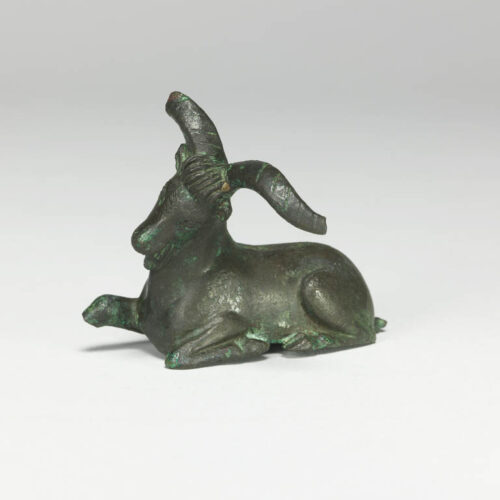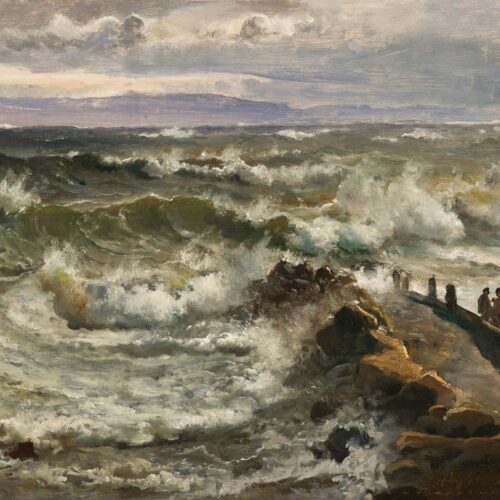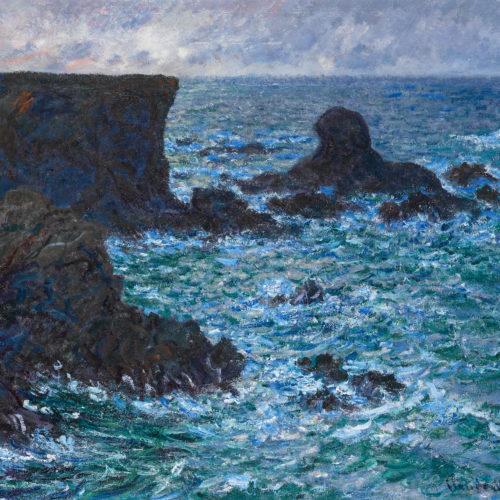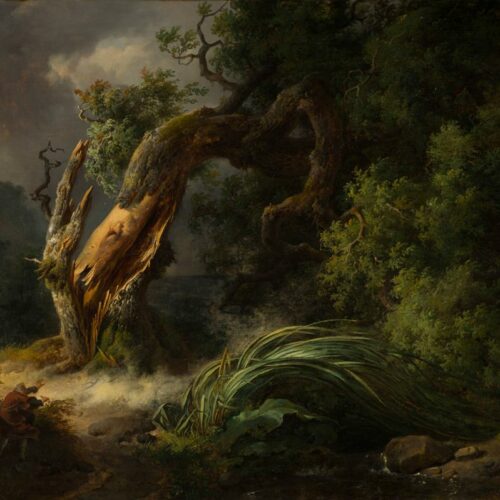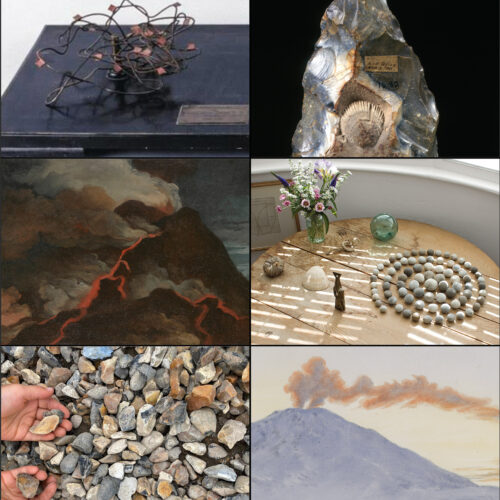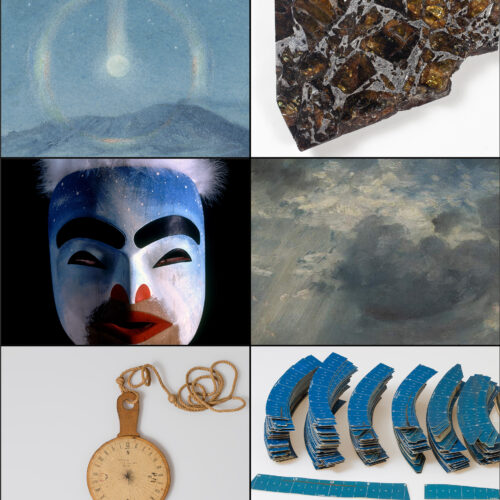Bring the wonder of the University of Cambridge Museums and Botanic Gardens into your classroom to explore the natural world around you and connect creatively with nature.
Inspire Nature is a teacher CPD programme created and delivered by the university museums and garden. A suite of resources have been created for teachers around the themes of Water, Rocks, Viewpoints, Trees and Skies.
Each set of resources focuses on relevant objects from the collections. The resources include high resolution images, information, videos, question prompts and activity ideas for yourself and your teaching, created by both museum educators and artists.
This page highlights the resources created for the Water theme. It focusses on objects in the Fitzwilliam Museum collection, but our padlet below shows resources relating to the large fin whale skeleton from the Museum of Zoology, a sculpture of Inuit goddess Sedna from the Polar Museum and a cast of a bronze statue found in a shipwreck from the Museum of Classical Archaeology.
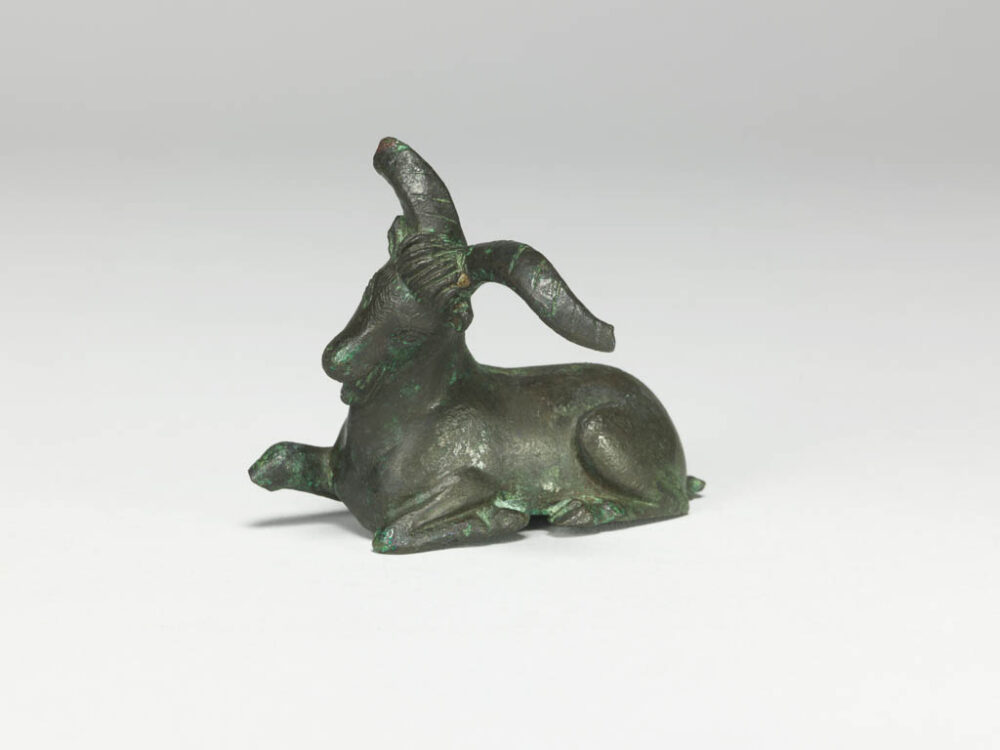
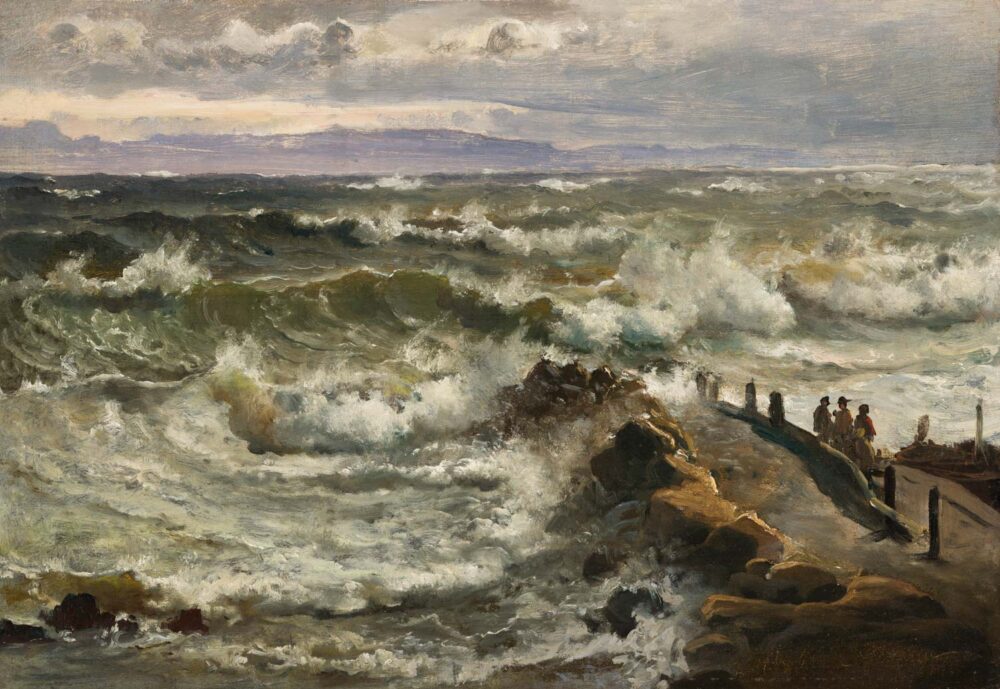
This tiny palm–sized goat figurine could be held in the hand. It is cast in bronze and would be cool to the touch. It is natural in appearance, sitting on the floor with its legs tucked underneath, head turning around to the side, and its front leg is out in front as if it is starting to stand up. Archaeologists have found huge numbers of these votive animals in areas which are now dry, but used to be the places of rivers and streams. We think that the Ancient Greeks thought of streams, groves and rivers as magical or sacred places where the gods and goddesses could be communicated with. They believed that giving by placing these special animal tokens into the water, they might be granted a wish or a prayer. This might have been to keep their animals safe and strong, or perhaps to make sure they had plenty of young animals for the farms. They hoped that the gods and goddesses would see their wishes in the shape of these animal creatures, and protect them. Some people also think that the tiny animal statues could have been given as thanks as well as wishes for the future.
The Fitzwilliam Museum has a lovely collection of these votive animals, which are often full of character like this tiny goat. The collection includes include bulls, dogs, goats and others animals.
Carl Frederik Sørensen was one of the most well-known Danish marine painters of his time. He was recognized all over the world, exhibiting at the Paris Exposition Universelle in 1855 & 1878, and at the Vienna Exposition in 1873.
As a young painter, training at the Danish Academy in Copenhagen between 1843–46, he would take regular summer breaks to the coast to sketch. He would then work these sketches into larger oil paintings back in the studio during the long, dark winter months.
He also went on long sea voyages around the world and painted what he saw, including to the Mediterranean, the Netherlands, Germany, France and England. He had a special interest in the weather and it’s effects on the sea and developed his own recognizable style which you can see in this painting.
In this painting he pulls back from the sea at a high vantage point, so the storm watchers huddled by the jetty appear small. He uses the static form of the jetty to capture the movement and collision of the waves. The wind whips the wave crests into plumes of spray as they surge to shore, all captured with quick spontaneous broad brushstrokes. You really get the impression that Sørensen understood the sea, its currents and unpredictable nature.
It seems as if he was quite happy with the painting when he finished – he scratched his signature and the date with the end of his brush in the bottom right corner while the oil paint was still wet.
1. Goat Statuette, by unknown maker
- Think of a beautiful watery place in nature that you know. Which creatures might make this place their home?
- Describe the water. How does it feels when you listen to it?
- What does it smell like?
- Close your eyes and imagine sitting near a trickling stream, a big rushing river or a still quiet pool. How do you feel?
- How do you think that looking around us at nature helps us to think about ourselves and our world?
2. Rough Sea beside a Jetty, Carl Sørensen
- People have tried to capture water in art for centuries. How do we show something that is transparent and always changing?
- If you could step into this painting what could you hear, smell or touch? How do you feel in this painting? Where would you stand?
- Is water always blue?
1. Salisbury by John Constable
- Can you think about other stories about water that you know?
- Choose an animal that you love. It might be a wild animal that you admire and want to protect, perhaps a leopard, a dolphin, or a bee. Or it could be a pet that you love or would like to have in your family such as a cat, dog, rabbit, mouse. Can you try to make a model of your creature? You could use a soft material like clay or perhaps play doh, blu tack, salt dough, plasticine, or fimo.
- Make the animal exactly as you want so that it is special to you. Enjoy the modelling.
- Now create or find a special place for your animal.
2. Rough Sea beside a Jetty, Carl Sørensen
- Investigate the painting with creative writing. What nouns can you see in the painting? Can you think of three adjectives to describe each noun? Can you make a group poem out of your words? What happens if you change the order of the words or take one away completely?
- Create art inspired by the sounds all around you. Listen to the sounds of the sea and draw what you imagine.
- Make your own soundscape by investigating the sounds you can imagine in this painting.
- Sørensen studied the effect of weather on water. Can you imagine and draw what this scene would look like in different weather and different times of the year?
